|

(1) Contribution to the Silk Roads' OUV
Located in the Luoyang Basin and in the
south of Site of Luoyang City in Sui and Tang Dynasties, the Site of Dingding
Gate is the site of south gate and blocks of Luoyang City and best represents
the city, the east origination of Silk Roads from 7th to 10th century. It witnesses
the civilization of an Orient empire when its agricultural civilization reached
its pinnacle. It reflects ritual characteristics and influence of the urban
culture of Tang’s capital city as well as its close association with the thriving
trade along the Silk Roads.
(2) General Information
The site of Dingding Gate (Dingding means a
new Dynasty founded), located in Luoyang city, Henan province in China,
consists of remains of south city gate and its blocks in Sui and Tang dynasties
(7th-10th century). The property area covers 91.3 hectares. The main
relics include the remains Dingding gate, city wall, Lifang (enclosed residential
area, or neighorhood), water system remains and so on.
Dingding gate is the south gate on the
outer city wall of Luoyang, the south end of the city axis and faces Yi Que (Longmen
Hill). Dingding gate was built in Sui Dynasty (7th century) in the name of
“Jianguo Gate”, and was renamed “Dingding Gate” in Tang Dynasty, which name was
used till Northern Song Dynasty. Dingding gate was renovated for several times
during that period. The main abutment of the site is 44.5 meters long eastwest and
21.04 meters wide north-south. Two partition walls divided the gate into three
gateways. The abutment was covered with bricks around. In addition, there are remains
of corridor, Que (a freestanding, ceremonial gate tower in traditional Chinese
architecture), bridleways and culverts.
The east and west sides of the gate were
connected with the outer city wall of Luoyang city. North of the gate is the
city axis – Tianjie Avenue, about 109 meters wide. Two Lifang remains, namely,
Mingjiao Fang and Ningren Fang were discovered on the east and west sides of
the avenue. Lifang is about 530 meters north-south and 460 meters east-west.
The Lifang wall is 1.5-2 meters wide with Lifang gate on four sides. Architectural
remains have been discovered in the Lifang. Lifang-related remains include
remains of roads connecting Lifang, cross roads inside Lifang, Tongjin river
way, and drainage system. Road pavement of Tang Dynasty has been discovered
south of the Dingding gate, together with human footprints, animal hoof prints and
ruts.
(3) Attributes
The remains of piers and abutments,
archway, partition walls, corridors of overhanging eaves, pavilion, horse path and
culvert of the Dingding Gate, the gate architecture with rammed earth and
surfaced bricks, the platform bridge and Lifang system all witnessed the urban architectural
characteristics and advanced architectural skills as well as the oriental
agricultural civilization during the flourishing period of the Silk Roads from
7th to 10th century.
Dingding Gate was the grand south city gate
of Luoyang city and the south starting point of the city axis avenue. The site
of Dingding Gate, as well as remains of the city wall, Lifang, city road, and
water system, epitomized the characteristics of the urban planning in the Sui
and Tang dynasties, viz., a trio-structure of outer city, inner city and imperial
palace, a clear north-south urban axis, to build main avenue on axis, to form a
grid layout with Lifang as a basic constituent unit, and to build complete road
and water systems. These features represent typical ritual characteristics
reflected from the urban planning of capital cities Sui and Tang. These
features also cast a far-reaching impact on East Asia city construction,
particularly, on the layout of Heijo (now Nara) and Heian-kyō in Japan57.
The camel hoof prints discovered on the southern side of the gate are unique
evidence of the Silk Roads trade activities, of which camels were the major
transportation vehicles, and prove the close relationship between the Western
Regions and the Central China. They were the palpable evidence for the business
exchanges via the Silk Roads. 
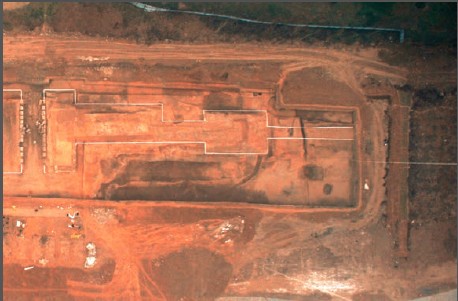
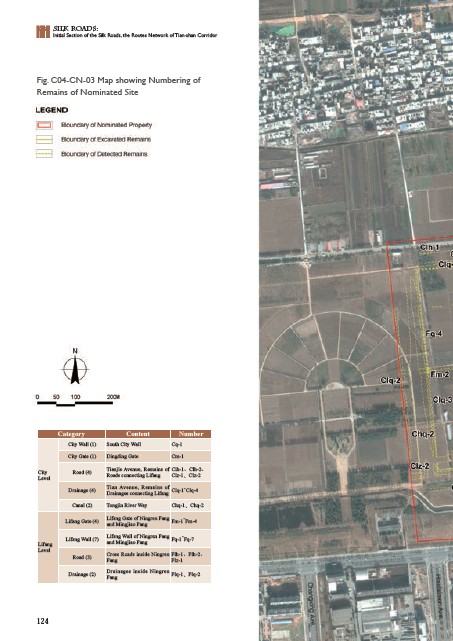
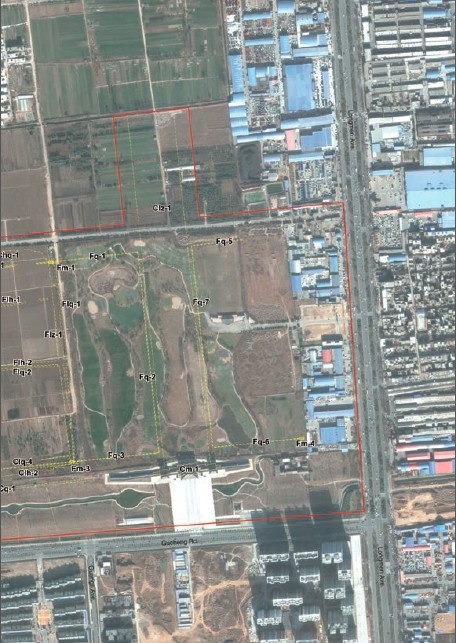
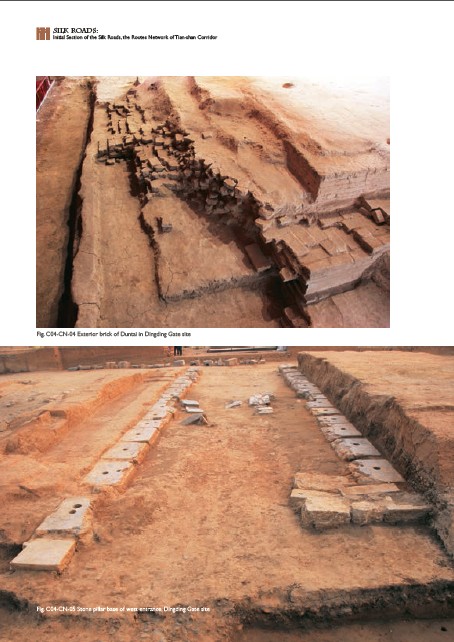
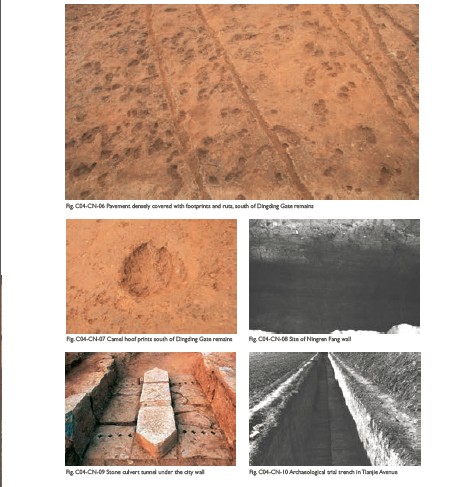

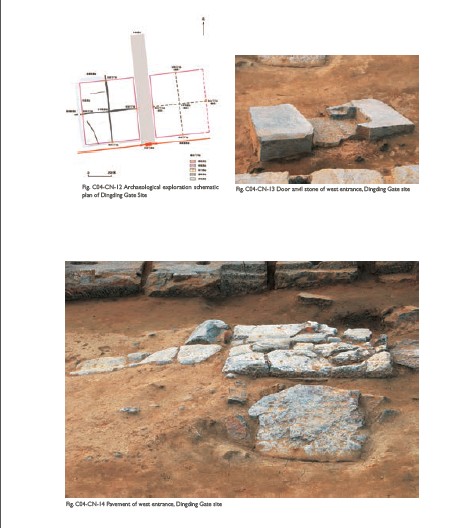

|  |Archiver|小黑屋|丝路遗产丝绸之路:长安天山廊道的路网
( 陕ICP备07011065号-3 )
|Archiver|小黑屋|丝路遗产丝绸之路:长安天山廊道的路网
( 陕ICP备07011065号-3 )